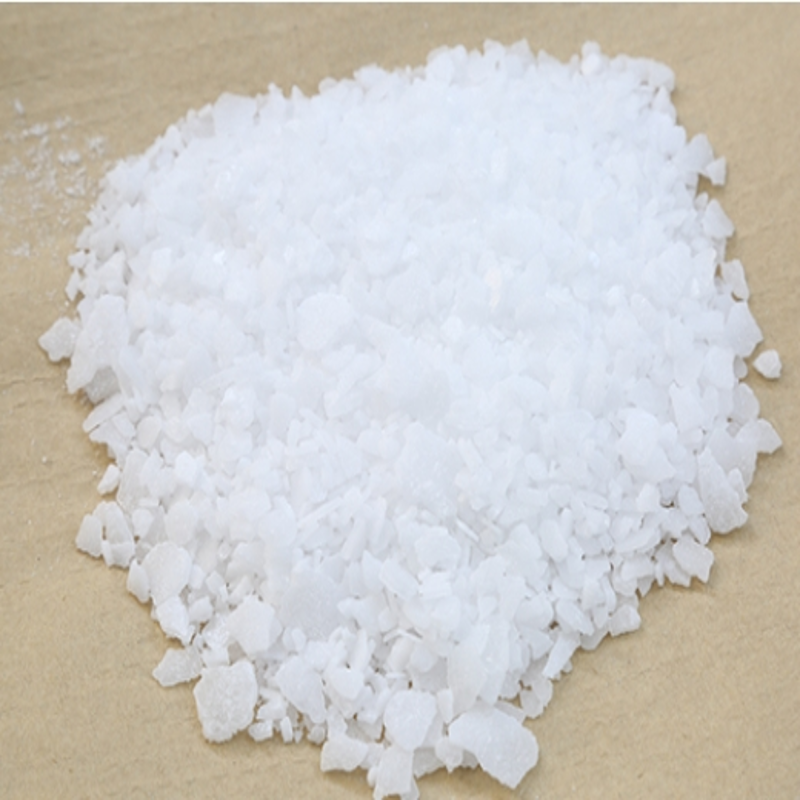-
Categories
-
Pharmaceutical Intermediates
-
Active Pharmaceutical Ingredients
-
Food Additives
- Industrial Coatings
- Agrochemicals
- Dyes and Pigments
- Surfactant
- Flavors and Fragrances
- Chemical Reagents
- Catalyst and Auxiliary
- Natural Products
- Inorganic Chemistry
-
Organic Chemistry
-
Biochemical Engineering
- Analytical Chemistry
- Cosmetic Ingredient
-
Pharmaceutical Intermediates
Promotion
ECHEMI Mall
Wholesale
Weekly Price
Exhibition
News
-
Trade Service
Amyotrophic lateral sclerosis (ALS) is the most common motor neuron disease that progresses rapidly and is fatal
.
Upper motor neurons (UMN) and lower motor neuron (LMN) are the main causes
of limb dysfunction.
Most patients have a median survival time of 2 to 3 years
after symptom onset.
Nonspecific early symptoms, heterogeneous presentations, and varying rates of progression exacerbate the difficulties of clinical diagnosis, which is often delayed by 14 months
.
Among them, the lack of appropriate diagnostic biomarkers is an urgent problem
in clinical practice.
Iron is an important element
in maintaining normal function during brain metabolism.
In ALS, impaired iron balance promotes pathological oxidative stress, leading to motor neuron degeneration and iron deposition
.
Both SWI and QSM are important MR sequences for measuring brain iron concentration in the body.
Among them, QSM can provide relative measurement of magnetic induction intensity, but due to the long acquisition time and complex post-processing technology, this sequence has not been widely implemented
in clinical practice.
In the case of SWI, some previous studies have found a link between iron concentration and phase values, so it has the potential to be an imaging marker for iron absorption in various iron-related diseases and serve as a baseline
for iron content studies.
On SWI images, the "motor band sign" in the bilateral M1 region is a distinct low signal that has been identified as a direct visual feature
of ALS.
At present, SWI-based quantitative analysis still has some shortcomings
.
On the one hand, most researchers focused on the upper region of M1, ignoring the lower region
associated with globular function.
On the other hand, a simple assessment of changes in signal strength by visually scaling can miss detailed features
.
However, in previous ALS iron deposition studies, the effect of
age stratification on results was rarely considered.
Recently, a study published in the journal European Radiology used SWI to compare the difference between M1 phase values between ALS and healthy control groups and to study the relationship between clinical features and phase values, and used recipient operating characteristics (ROC) curves to test the diagnostic ability of phase values, which provided technical support
for further improving the diagnostic effect of ALS and the assessment of clinical severity and disease development in different subgroups of patients.
This study retrospectively recruited 32 people with non-dementia ALS and 35 age- and sex-matched healthy controls (HCs).
SWI and 3D-T1-MPRAGE images of all participants were acquired using 3.
0T MRI scans
.
The bilateral M1 posterior band is manually delineated on the phase image by three neuroradiologists and subdivided into motor and spherical regions
.
Phase values were compared between the two groups and stratified analyses (ALSFRS-R score, duration, disease progression rate, and pathogenesis)
were performed.
The phase values in M1 and the two subregions of the ALS group were significantly higher than those in the HC group (P < 0.
001, respectively).
In all age group comparisons, this study found an inverse correlation between phase values of M1 and clinical score and duration (P < 0.
05, respectively).
Similar associations were found in the motor zone (p < 0.
05, respectively).
There is a positive correlation
between disease progression rate and M1 phase value at both the total level (p < 0.
01) and the old age level (p < 0.
05).
When comparing ROC curves, the entire M1 showed the best diagnostic performance
.
The figure shows ROIs at representative locations where phase values are measured on both sides of M1, delineated as blue edges, with seven ROIs on each side, including the lateral and top regions of M1 (a), first concave (b), first convex (c), second concave (d), third concave (e), and fourth concave (f).
This study shows that SWI provides a quantitative evaluation method for iron changes in the ALS motor cortex, which improves the diagnostic performance and clinical status assessment
of ALS.
Original source:
Yifang Bao,Yan Chen,Sirong Piao,et al.
Iron quantitative analysis of motor combined with bulbar region in M1 cortex may improve diagnosis performance in ALS.
DOI:10.
1007/s00330-022-09045-2







